A blanket is an everyday thing in an apartment. It is not difficult to buy one nowadays. This item is sold in many stores. But it is unlikely that many people thought about the fact that it is quite easy to make a blanket with your own hands. And if for an adult there is no difference, as long as it is warm under it, then a children's product made with your own hands will be an original gift for a child of any age.
DIY sewing
Before you finally decide on such work, you need to carefully weigh all the possible advantages and disadvantages of your choice. But if you start making the product with your own hands, then in the end you are unlikely to regret it - after all, homemade items are always more pleasant to use.

Advantages:
- Significant savings on your budget, especially if you choose a product with a complex pattern.
- The ability to independently decide on the choice of color, size, shape, quality and safety of the materials used.
- Hand-made products are always imbued with special love, and those who use them will undoubtedly feel it.
Flaws:
- You will have to spend a lot of personal time searching for and purchasing the necessary materials.
- This process is quite labor-intensive, especially for those who are doing it for the first time.
- During the first attempts, it is quite possible that you will not be satisfied with the result obtained.
Blanket requirements
Before you start sewing, it is better to immediately decide what you want the finished product to look like. To do this, it is better to follow some requirements:
- Choose the density based on the temperature of the room in which the item will be used. If you make a mistake with this parameter, the child will either freeze or, on the contrary, be very hot.
- Decide on the size of the blanket. If it is too small, then the child will have exposed body parts with any movements, and he will be cold. If you make a large product, it will restrict the child's movements.
- You should avoid sewing a heavy item. This is especially true for babies, who will simply have difficulty breathing.
- The absence of various decorative elements on the product that pose a potential health hazard.
ImportantAfter the product is ready, you need to remove all protruding threads from it so that the baby does not cut himself on them.
Requirements for materials
When purchasing the materials needed to make the blanket, there are some instructions to follow:
- To avoid the appearance of prickly heat, the fabric must have high air permeability properties.
- The material must be able to easily absorb and release moisture.
- You need to make sure that it is hypoallergenic.
- You need to buy environmentally friendly and safe materials.
Additional informationIt is better to buy goods in trusted stores, since sometimes even the information on the label may be unreliable.
Main material
It is advisable to choose a cotton-based fabric for the bottom of the blanket. It will be natural, breathable, but will wear out quickly. If you take silk or twill, they will be soft to the touch, but too difficult to care for. It is best to use cambric, satin, fleece, bamboo fabric, calico, flannel. These materials meet all the recommendations. Any soft and natural fabric will do for the top of the product.

Filler
To ensure that the blanket has all the necessary characteristics, the following filler options are used:
- Down is very light and soft. It has high air permeability, but it easily clumps and has a specific smell.
- Sintepon is the best option. It is light enough, does not cause allergies, does not roll into lumps, is easy to wash and is inexpensive.
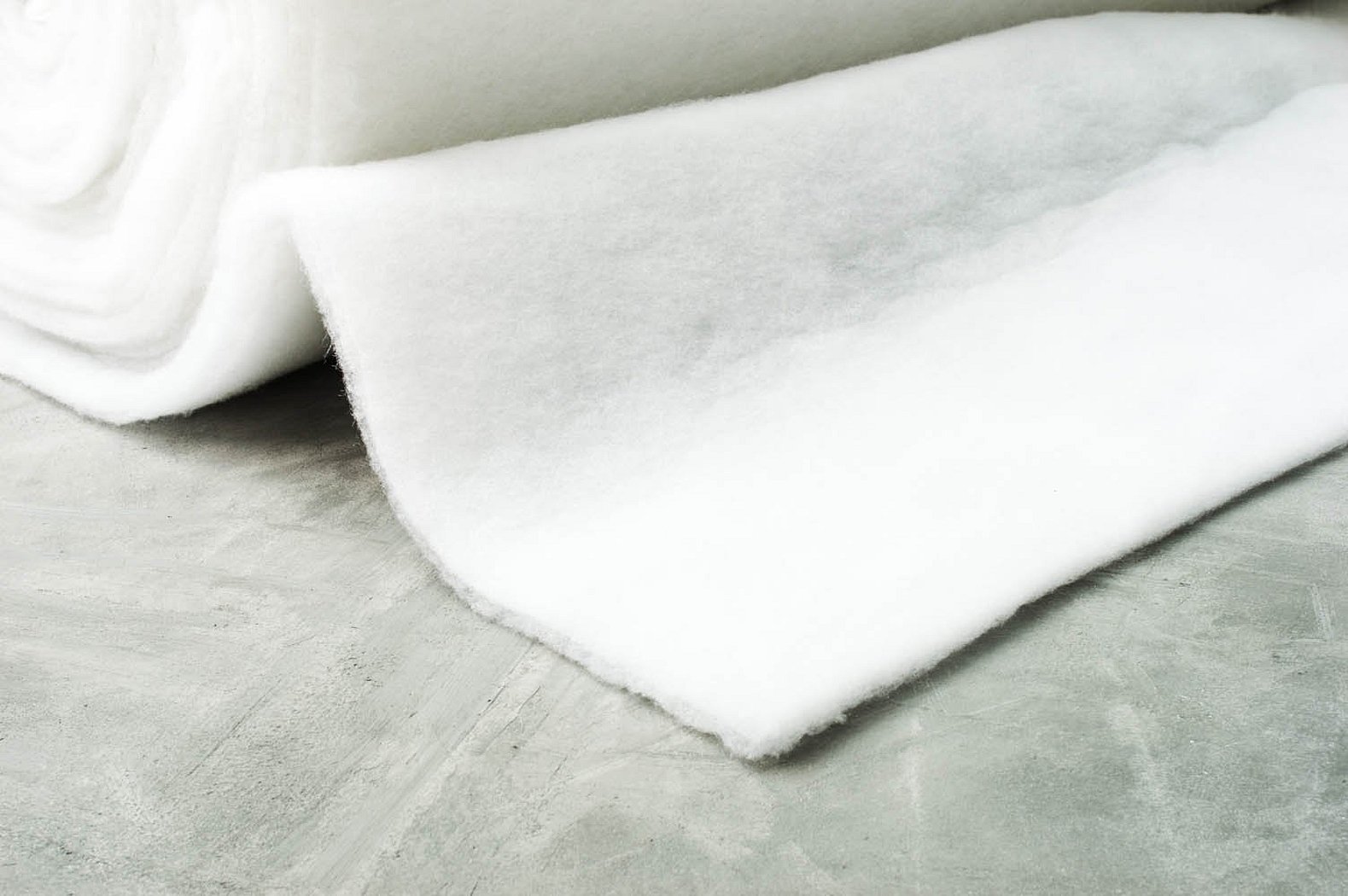
- Hollowfiber is very warm, resistant to deformation, but more expensive than synthetic padding.
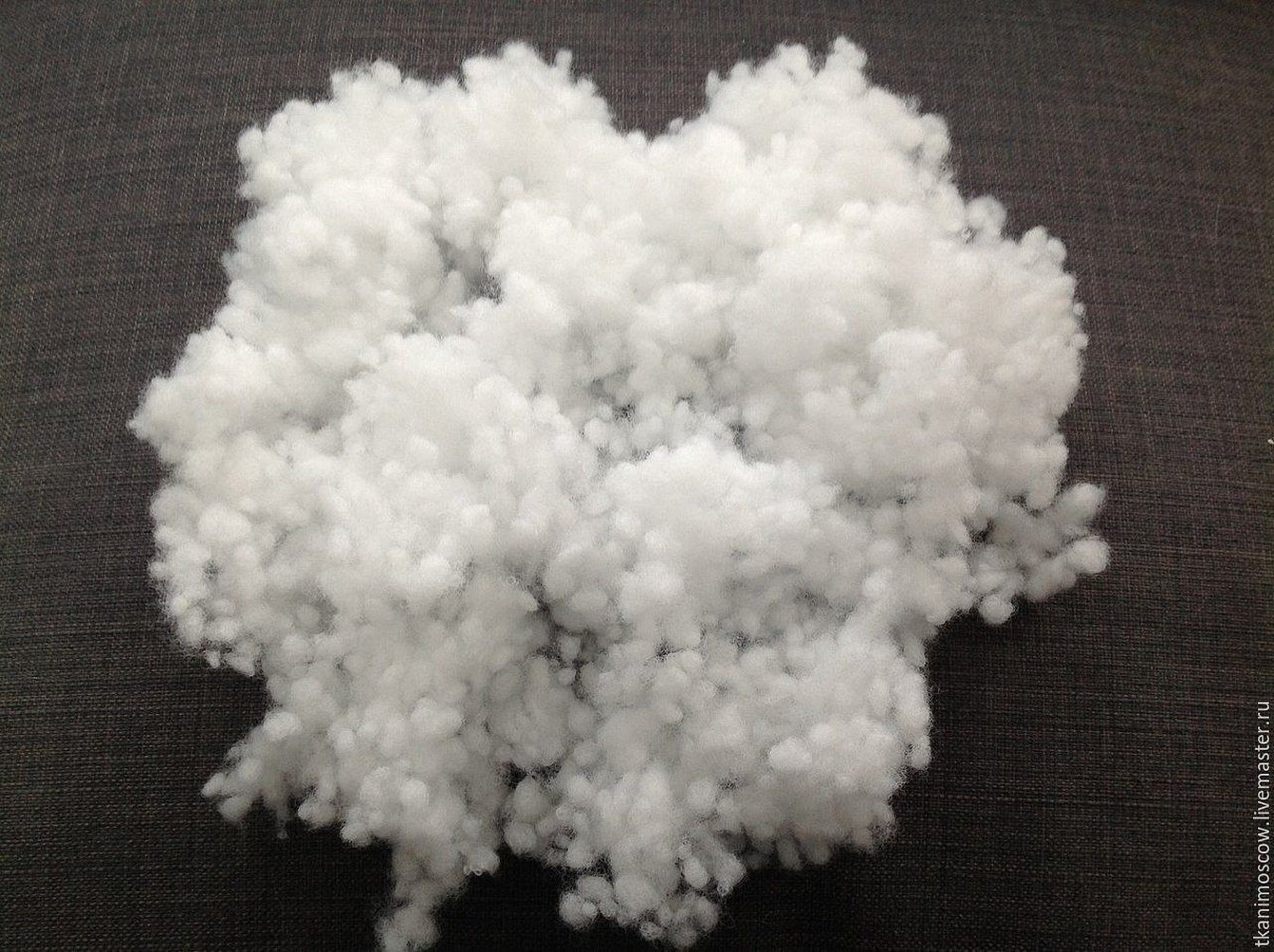
- Bamboo fiber is a pretty good option, but it clumps.
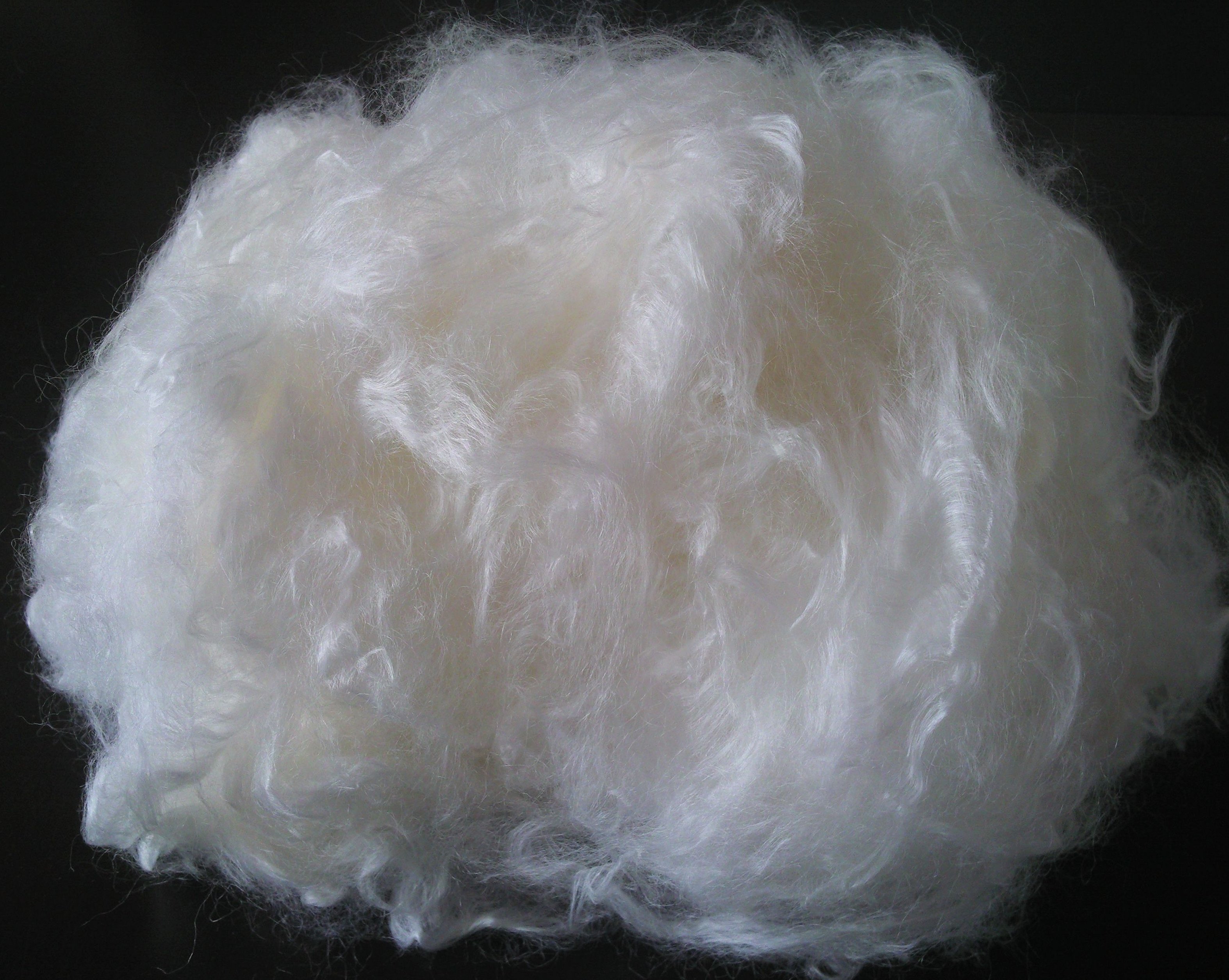
Decorative elements
Although the finished product will be used by the child, you should not get too carried away with decoration. The blanket should not have elements that can harm the baby's health. Therefore, rhinestones, sequins, beads and other protruding decorations should not be used. Volumetric patterns, figures, animals sewn onto the surface will look quite organic. They can be made from multi-colored fabric, lace, satin ribbons.
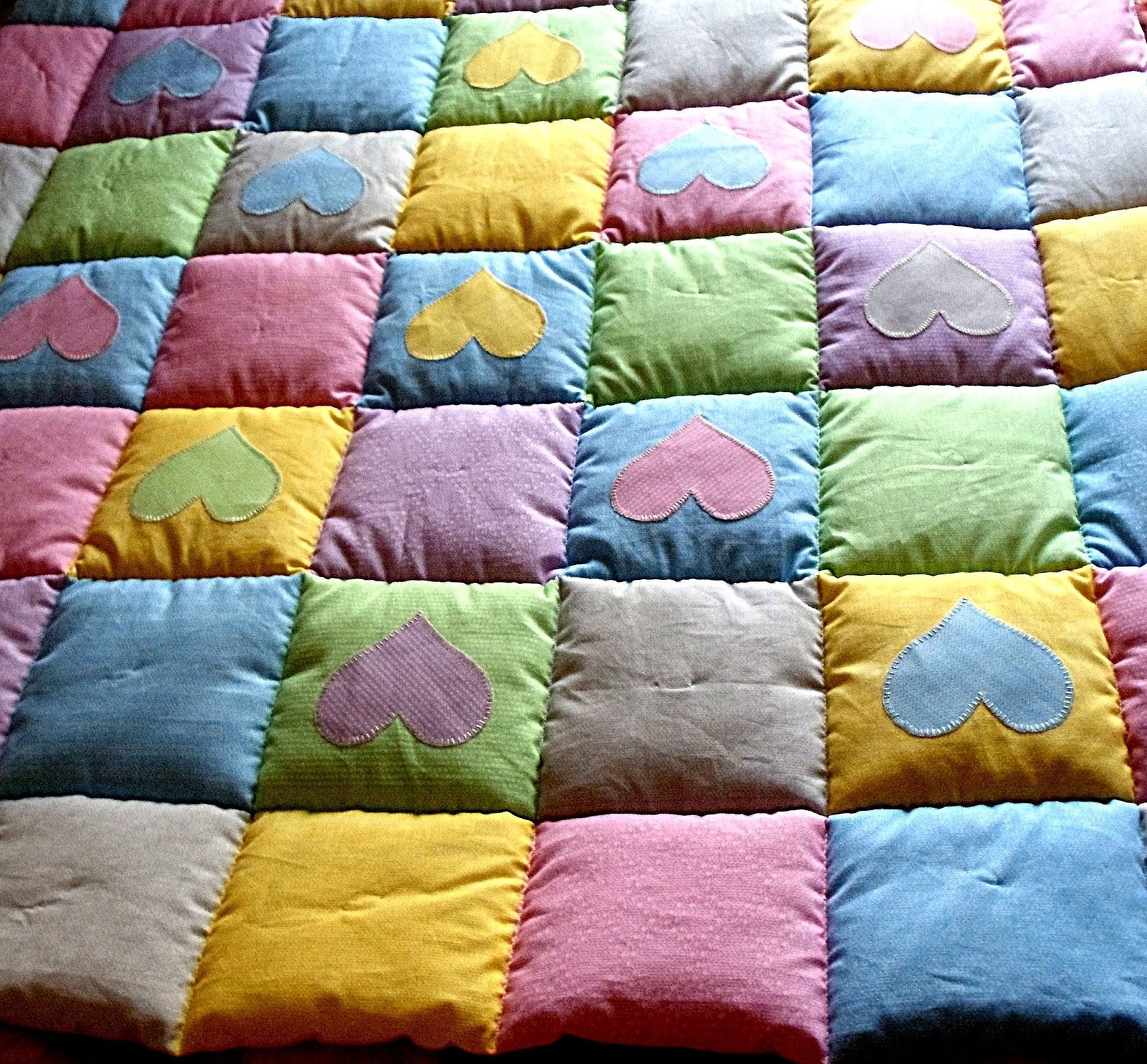
Cutting out
Any needlewoman, even a beginner, should know that before sewing a product, you first need to make a pattern for it. The dimensions of the future blanket should be determined based on the size of the baby's crib and the method of use. You can make your creation according to the standards:
- 90x120 cm.
- 110x140 cm.
- 143x215 cm.
In some cases, it is possible to make a pattern in non-standard sizes:
- For a stroller or cradle – 90x90 cm.
- For discharge or walks in winter – 120x120 cm.
To make a pattern, it is enough to draw a rectangle according to the selected dimensions. At the same time, you must not forget to leave a seam allowance of 1.5 cm on each side.
Additional informationIf you want the blanket to hang over the bed, then add 15-25 cm to its dimensions on each side.
Master classes on sewing blankets in different styles
It is easy to find text master classes and video tutorials on the Internet on how to create blankets for any occasion.
Patchwork quilt
It is quite easy to sew a baby blanket with your own hands using the patchwork technique. Just follow the step-by-step instructions:
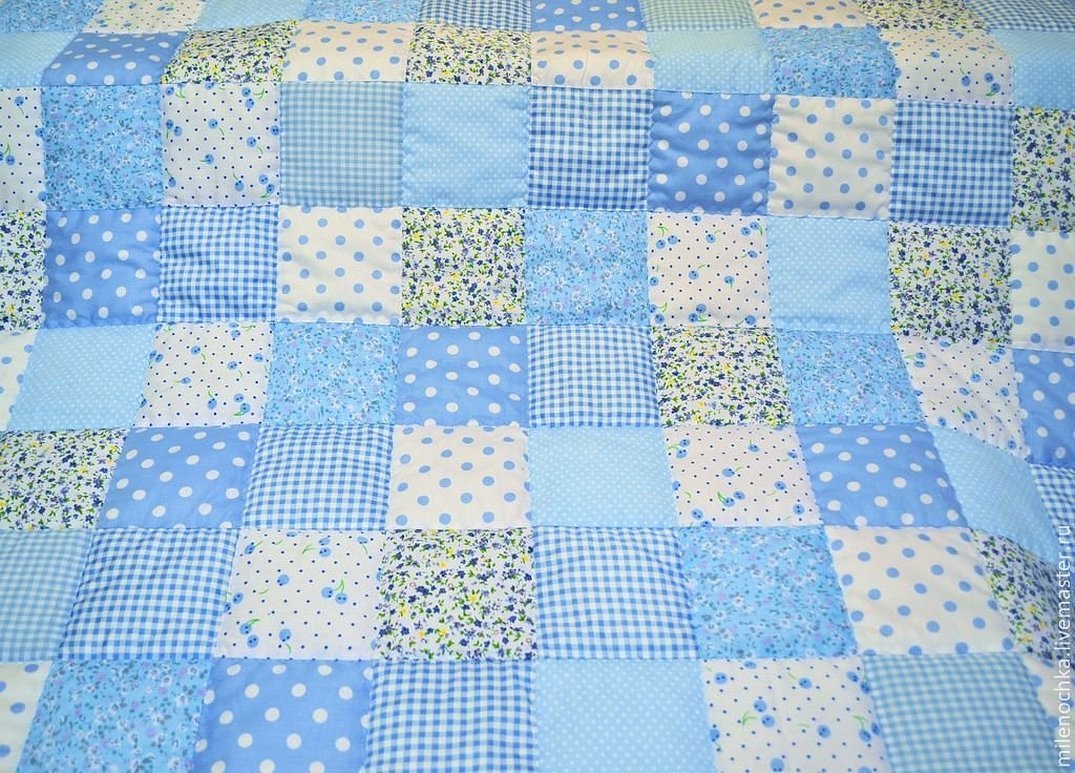
- The required number of pieces of fabric of different colors and textures is selected.
- Each of them is ironed.
- The scraps are laid out on a flat surface in the way the future blanket will look.
- All elements are sewn together, forming lines, which are then also sewn to the required dimensions. The seams are smoothed out.
- Take 1 cm thick synthetic padding and cut out a piece to the size of the blanket, plus an allowance of 1.5 cm on each side.
- All parts are folded into a “sandwich”: lower part-synthetic padding-upper part.
- The edges of the bottom element are folded over the patchwork piece and stitched using a sewing machine.
Bonbon blanket
This style is identical to the patchwork technique, and the blanket is sewn in the same way. The only exception is the scraps from which the product is made. In the patchwork technique, simply pieces of fabric are used. According to the bonbon option, squares sewn together are used to sew the blanket, the void between which is filled with holofiber or fluff.
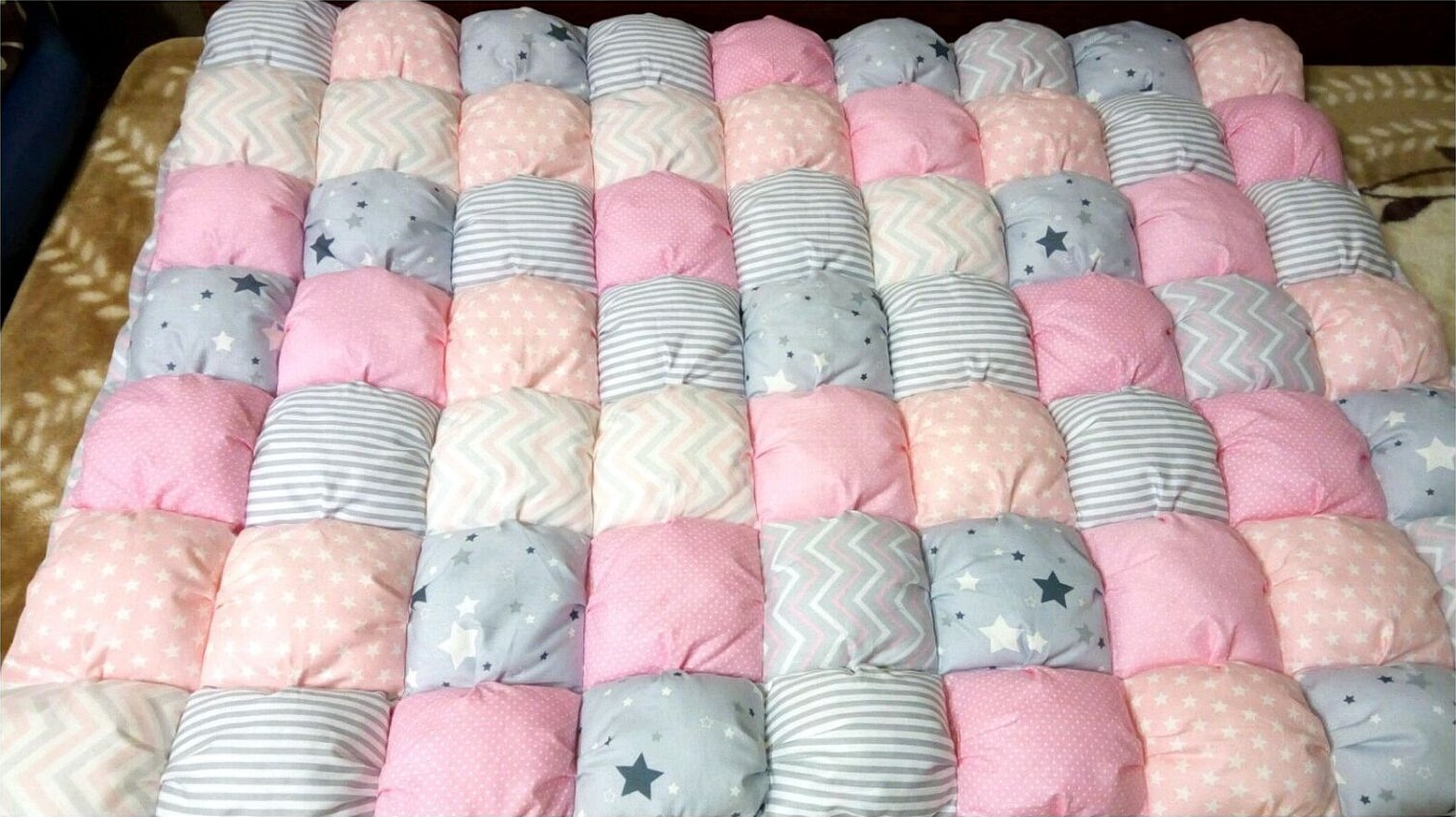
Blanket for newborn
You can easily make an envelope with your own hands to take your baby from the maternity hospital during the cold season.
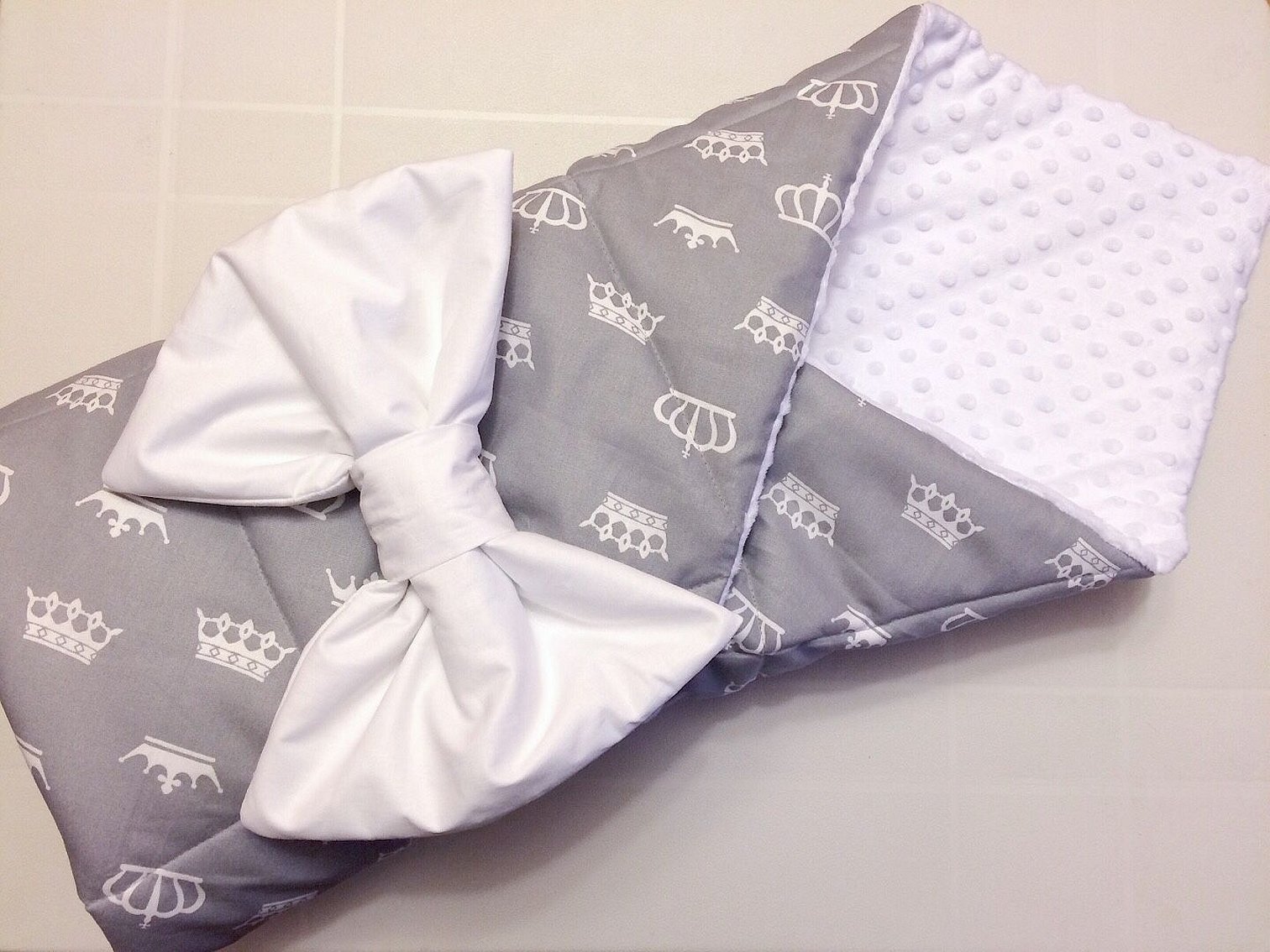
In this case, smart store-bought items will be inappropriate. Therefore, it would be better to use a homemade transforming blanket. It is sewn in the same way as a quilted blanket. Take two main elements measuring 46x85 cm and 46x60 cm. They are sewn together at the bottom. Two 20x70 cm flaps are sewn on the sides to the main part of 46x85 cm. Ribbons are sewn to them so that the envelope can be tied. Subsequently, such a model can be used in a cradle or stroller. In this way, you can sew a blanket, a blanket and an envelope for a newborn with your own hands at the same time.

A handmade blanket will undoubtedly give your baby an additional sense of love and care. And parents will simply be pleased to see their child using a homemade gift.




